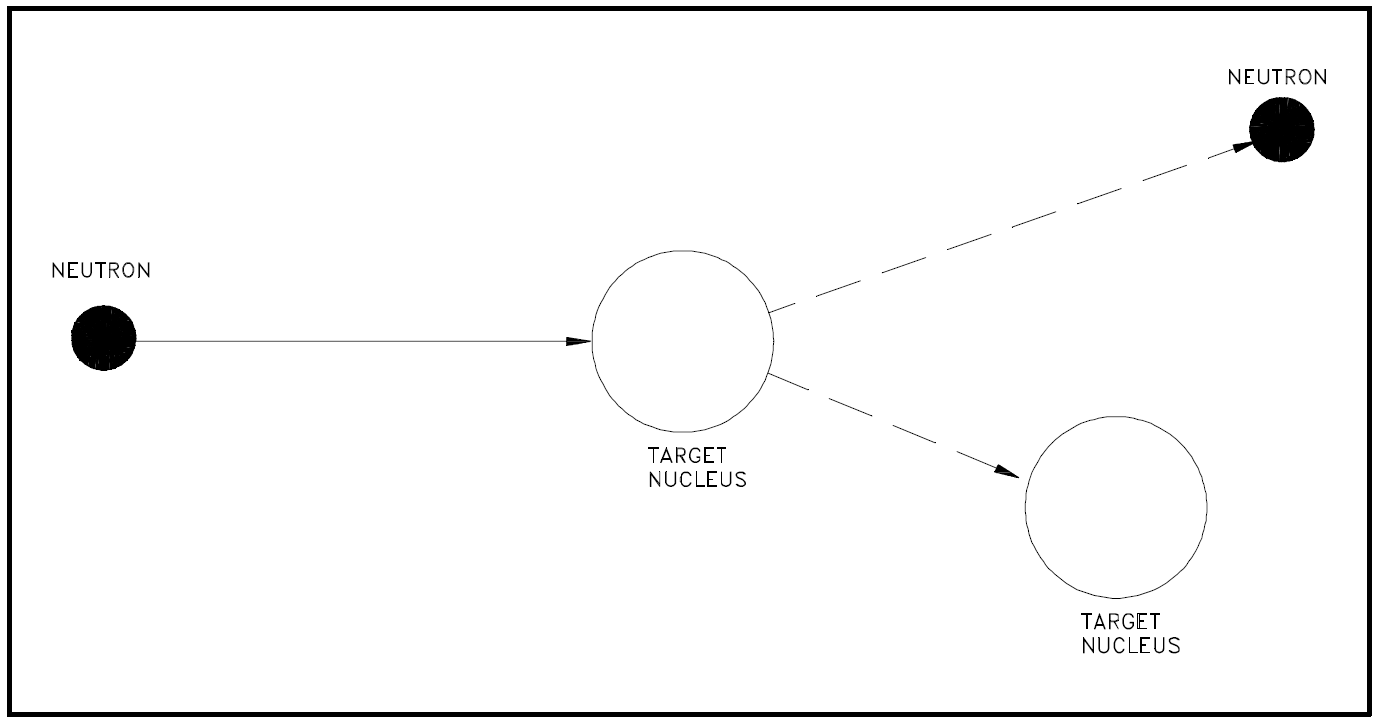
تاريخ الفيزياء

علماء الفيزياء


الفيزياء الكلاسيكية

الميكانيك

الديناميكا الحرارية


الكهربائية والمغناطيسية

الكهربائية

المغناطيسية

الكهرومغناطيسية


علم البصريات

تاريخ علم البصريات

الضوء

مواضيع عامة في علم البصريات

الصوت


الفيزياء الحديثة


النظرية النسبية

النظرية النسبية الخاصة

النظرية النسبية العامة

مواضيع عامة في النظرية النسبية

ميكانيكا الكم

الفيزياء الذرية

الفيزياء الجزيئية


الفيزياء النووية

مواضيع عامة في الفيزياء النووية

النشاط الاشعاعي


فيزياء الحالة الصلبة

الموصلات

أشباه الموصلات

العوازل

مواضيع عامة في الفيزياء الصلبة

فيزياء الجوامد


الليزر

أنواع الليزر

بعض تطبيقات الليزر

مواضيع عامة في الليزر


علم الفلك

تاريخ وعلماء علم الفلك

الثقوب السوداء


المجموعة الشمسية

الشمس

كوكب عطارد

كوكب الزهرة

كوكب الأرض

كوكب المريخ

كوكب المشتري

كوكب زحل

كوكب أورانوس

كوكب نبتون

كوكب بلوتو

القمر

كواكب ومواضيع اخرى

مواضيع عامة في علم الفلك

النجوم

البلازما

الألكترونيات

خواص المادة


الطاقة البديلة

الطاقة الشمسية

مواضيع عامة في الطاقة البديلة

المد والجزر

فيزياء الجسيمات


الفيزياء والعلوم الأخرى

الفيزياء الكيميائية

الفيزياء الرياضية

الفيزياء الحيوية

الفيزياء العامة


مواضيع عامة في الفيزياء

تجارب فيزيائية

مصطلحات وتعاريف فيزيائية

وحدات القياس الفيزيائية

طرائف الفيزياء

مواضيع اخرى
Elastic Scattering
المؤلف:
U.S. Department of Commerce, National Technical Information Service, 1993
المصدر:
The Nuclear Physics and Reactor Theory Handbook
الجزء والصفحة:
p 43
29-3-2017
3015
Elastic Scattering
In an elastic scattering reaction between a neutron and a target nucleus, there is no energy transferred into nuclear excitation. Momentum and kinetic energy of the "system" are conserved although there is usually some transfer of kinetic energy from the neutron to the target nucleus. The target nucleus gains the amount of kinetic energy that the neutron loses.

Figure 1: Elastic Scattering
Figure 1 illustrates the process of elastic scattering of a neutron off a target nucleus. In the elastic scattering reaction, the conservation of momentum and kinetic energy is represented by the equations below.
Conservation of momentum (mv)

where:
mn = mass of the neutron
mT = mass of the target nucleus
vn,i = initial neutron velocity
vn,f = final neutron velocity
vT,i = initial target velocity
v = final target velocity
Elastic scattering of neutrons by nuclei can occur in two ways. The more unusual of the two interactions is the absorption of the neutron, forming a compound nucleus, followed by the re-emission of a neutron in such a way that the total kinetic energy is conserved and the nucleus returns to its ground state. This is known as resonance elastic scattering and is very dependent upon the initial kinetic energy possessed by the neutron. Due to formation of the compound nucleus, it is also referred to as compound elastic scattering. The second, more usual method, is termed potential elastic scattering and can be understood by visualizing the neutrons and nuclei to be much like billiard balls with impenetrable surfaces. Potential scattering takes place with incident neutrons that have an energy of up to about 1 MeV. In potential scattering, the neutron does not actually touch the nucleus and a compound nucleus is not formed. Instead, the neutron is acted on and scattered by the short range nuclear forces when it approaches close enough to the nucleus.
 الاكثر قراءة في مواضيع عامة في الفيزياء النووية
الاكثر قراءة في مواضيع عامة في الفيزياء النووية
 اخر الاخبار
اخر الاخبار
اخبار العتبة العباسية المقدسة

الآخبار الصحية















 قسم الشؤون الفكرية يصدر كتاباً يوثق تاريخ السدانة في العتبة العباسية المقدسة
قسم الشؤون الفكرية يصدر كتاباً يوثق تاريخ السدانة في العتبة العباسية المقدسة "المهمة".. إصدار قصصي يوثّق القصص الفائزة في مسابقة فتوى الدفاع المقدسة للقصة القصيرة
"المهمة".. إصدار قصصي يوثّق القصص الفائزة في مسابقة فتوى الدفاع المقدسة للقصة القصيرة (نوافذ).. إصدار أدبي يوثق القصص الفائزة في مسابقة الإمام العسكري (عليه السلام)
(نوافذ).. إصدار أدبي يوثق القصص الفائزة في مسابقة الإمام العسكري (عليه السلام)


















